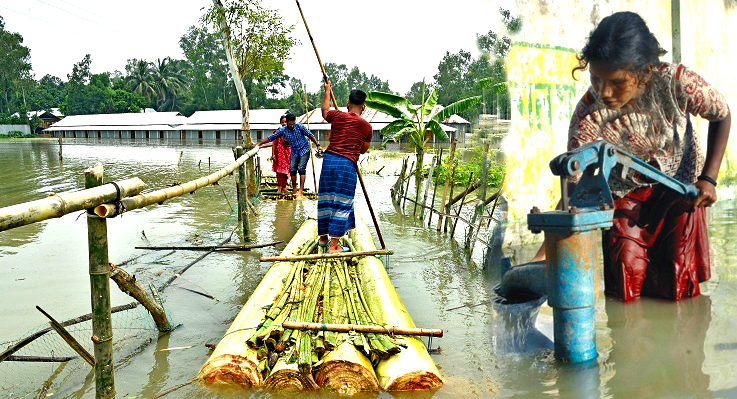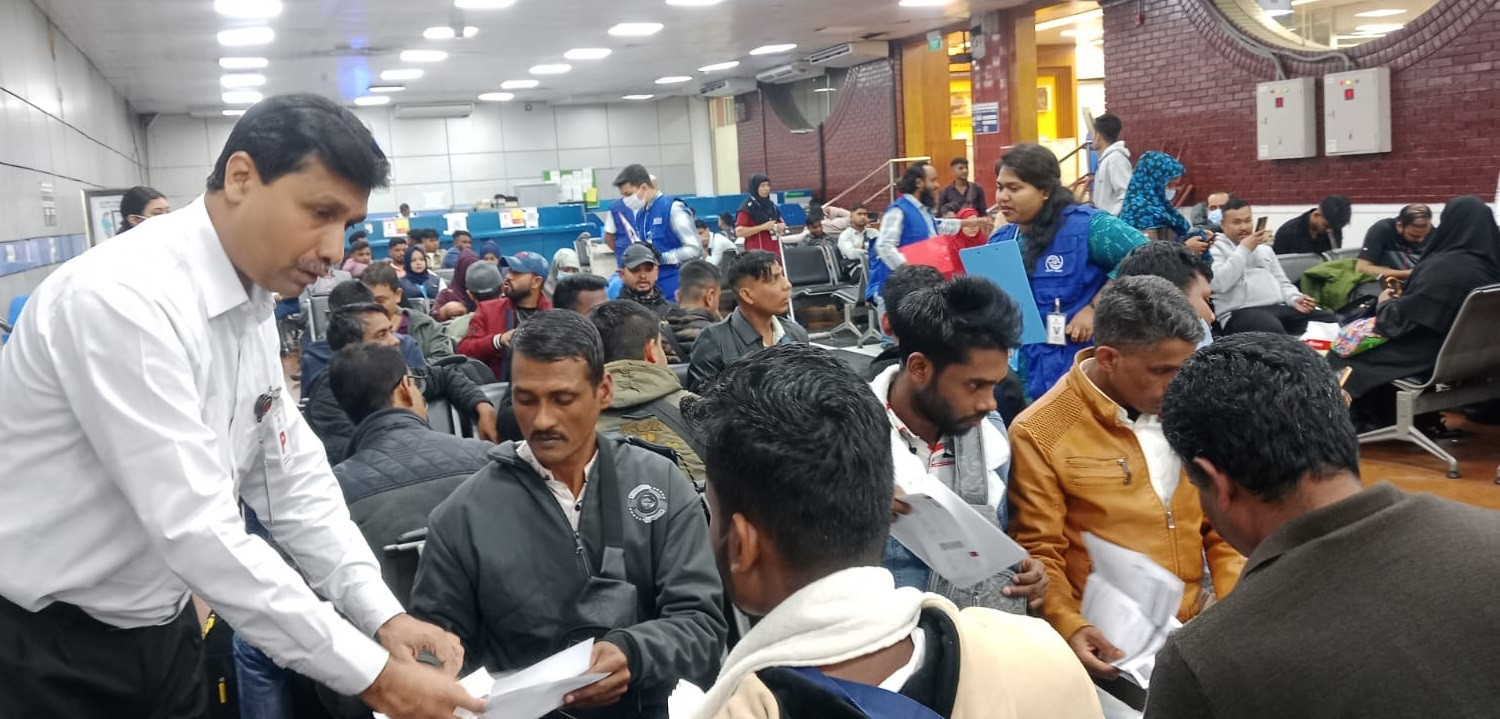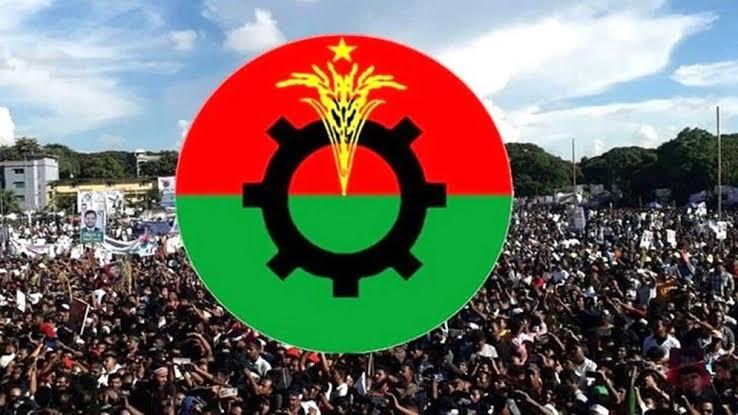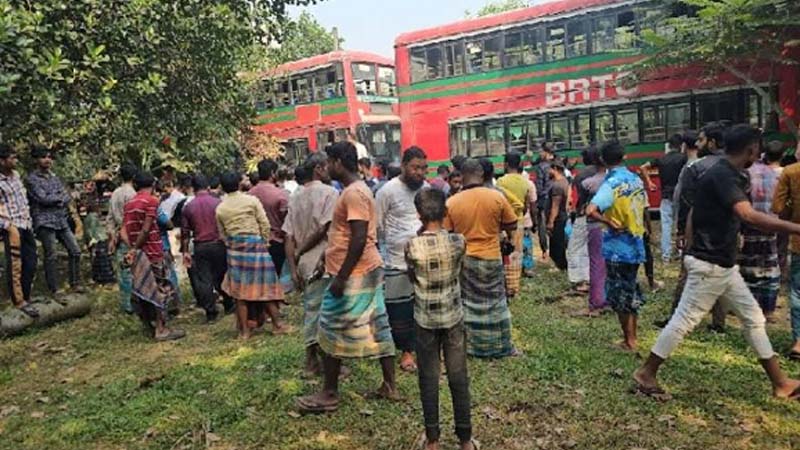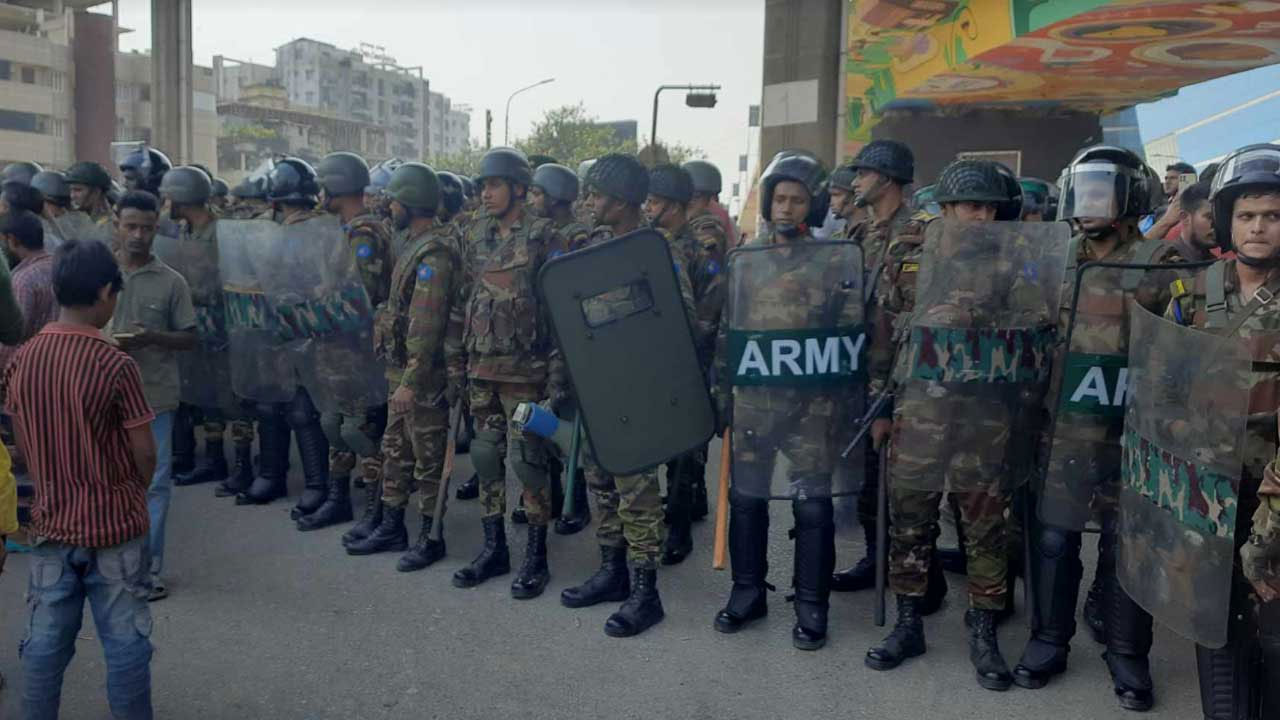People in the flood-hit northern and northeastern region of the country are now suffering from different waterborne diseases.
Those affected by the flood also feared that the situation would turn worse as there was a shortage of medical facilities.
Over 55 lakh people in 162 upazilas of 53 districts fell victim to the flood this year, read the latest report of the National Disaster Response Coordination Centre (NDRCC).
Meanwhile, the Flood Forecasting and Warning Centre (FFWC) reported that the floodwater started receding as water level in 14 major rivers -- including the Padma, the Jamuna, the Meghna, and the Brahmaputra -- was lowering.
Our correspondents stationed in the affected regions reported on the flood situation.
In Kurigram and Lalmonirhat districts, flood victims were suffering from itch, sore, diarrhoea, dysentery, vomiting, headache and other waterborne diseases.
Most of them were compelled to drink floodwater without purification.
Safeda Bewa, 60, a flood victim of Chara Nayarhat village under Chilmari upazila of Kuirgram, said, "I have been suffering from dysentery for the last four days. We used to drink floodwater as we have no alternative."
Another victim Mobarak Hossain, 55, a resident of Char Gokunda village in Lalmonirhat Sadar, said, "Two of my family members are suffering from dysentery and headache. But no health workers visited us."
Asked about the shortage of medical facilities, Civil Surgeon (Kurigram) Habibur Rahma said medical teams were working in the flood-hit areas to provide treatment.
Echoing his statement, Civil Surgeon (Lalmonirhat) Nirmalendu Roy said health workers were distributing water purifying tablets in the flood-hit areas to ensure sufficient drinking water.
In Sirajganj, at least 20 people died and 750 were affected by waterborne diseases in this year's prolonged flood, according to district health office.
As flood water has started receding, different types of waterborne diseases are rapidly spreading in the flood-hit areas, said Humayun Kabir, statistic officer of the district civil surgeon office.
A total of 95 medical teams have been formed to ensure medical care for the flood victim people, he added.
In Nilhamari, floodwater has been slowly receding for the last two weeks, but many houses were still waterlogged. People, particularly children, were being infected with waterborne diseases in the district.
Jobeda Begum, 45, of Jhar Sinheswar village in Dimla upazila, said, "All the members of our family are affected with sores in their bodies as they wade through stagnant dirty water in house yard."
Dimla Upazila Health and Family Planning Officer Sarwar Alam said about 150 people of different ages visited hospital in last three days with soft tissue infection like scabies, shore, itching and also conjunctivitis.
Purbo Satnai Union Parishad Chairman Abdul Latif Khan said most of the tube-wells in his area have been submerged. So, people are compelled to drink polluted water.
Civil Surgeon (Nilphamari) Ranjit Kumar Barman said 20 medical teams were working to provide treatment and distributing water purifying tablets among the flood-hit people.
Our Pabna, Lalmonirhat and Nilphamari correspondents contributed to this report.


